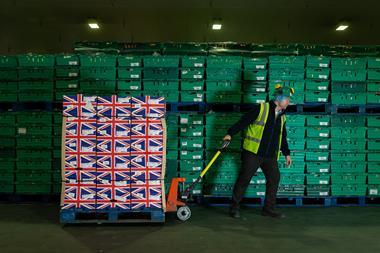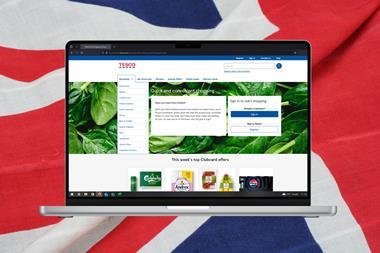Morrisons would have felt the pressure just before Christmas, as Tesco opened a new store on the doorstep of one of its ex-Safeway stores. Tesco will be making the most of the positive PR surrounding the fact that the store in Diss, Norfolk, is specially designed to maximise energy efficiency.
The new store places all of Tesco’s energy-saving projects in one location and could result in many people taking a look at this new design. The main question is whether it will attract and sustain a suitable customer base.
The Tesco Diss catchment is dominated by the affluent greys Acorn group. There are also significant numbers of wealthy executives and flourishing families. These Acorn groups suggest the new store will be serving a number of affluent households.
Other demographic groups of significance are the secure families and settled suburbia.
Examining the local demographics, CACI can reveal that the fascia that has the best demographic fit to this area is Waitrose. There will be strong loyalty among Waitrose shoppers and so Tesco may struggle to attract these shoppers.
Other grocers that have good demographic fits include Marks and Spencer and Budgens. Interestingly, it is the Safeway brand that has a significantly better demographic fit to the local area than Morrisons. This change in fascia may provide the opportunity for Tesco to attract some customers.
Examining the demographic relationships and the stores currently operating in this part of the country, CACI predicts it is likely that Morrisons may feel the greatest impact from the opening of theTesco store.
Morrisons could see about £100,000 per week of revenue lost to Tesco.
This is likely to be due both to Tesco opening its new store and the change from Safeway to Morrisons.
Somerfield will also feel some impact and could stand to lose about £50,000 per week to the new Tesco store.
CACI predicts there will be a high level of cannibalisation between the new Diss store and other Tesco stores in the region. The 50,000 sq ft Tesco store in Thetford could lose upwards of £100,000 per week to the new store, with all Tesco stores in the area possibly losing more than a combined £250,000 per week.
Tesco should be able to achieve a market share of about 25%.
Despite having a poorer demographic fit than other grocers, the high number of Tesco stores within the region will contribute to it achieving a high share.
Waitrose should expect to get about an 18% share and will feel only a minimal impact from the new store.
Asda, Morrisons and Sainsbury should all achieve shares of about 10% each from their stores.
The new store places all of Tesco’s energy-saving projects in one location and could result in many people taking a look at this new design. The main question is whether it will attract and sustain a suitable customer base.
The Tesco Diss catchment is dominated by the affluent greys Acorn group. There are also significant numbers of wealthy executives and flourishing families. These Acorn groups suggest the new store will be serving a number of affluent households.
Other demographic groups of significance are the secure families and settled suburbia.
Examining the local demographics, CACI can reveal that the fascia that has the best demographic fit to this area is Waitrose. There will be strong loyalty among Waitrose shoppers and so Tesco may struggle to attract these shoppers.
Other grocers that have good demographic fits include Marks and Spencer and Budgens. Interestingly, it is the Safeway brand that has a significantly better demographic fit to the local area than Morrisons. This change in fascia may provide the opportunity for Tesco to attract some customers.
Examining the demographic relationships and the stores currently operating in this part of the country, CACI predicts it is likely that Morrisons may feel the greatest impact from the opening of theTesco store.
Morrisons could see about £100,000 per week of revenue lost to Tesco.
This is likely to be due both to Tesco opening its new store and the change from Safeway to Morrisons.
Somerfield will also feel some impact and could stand to lose about £50,000 per week to the new Tesco store.
CACI predicts there will be a high level of cannibalisation between the new Diss store and other Tesco stores in the region. The 50,000 sq ft Tesco store in Thetford could lose upwards of £100,000 per week to the new store, with all Tesco stores in the area possibly losing more than a combined £250,000 per week.
Tesco should be able to achieve a market share of about 25%.
Despite having a poorer demographic fit than other grocers, the high number of Tesco stores within the region will contribute to it achieving a high share.
Waitrose should expect to get about an 18% share and will feel only a minimal impact from the new store.
Asda, Morrisons and Sainsbury should all achieve shares of about 10% each from their stores.















No comments yet